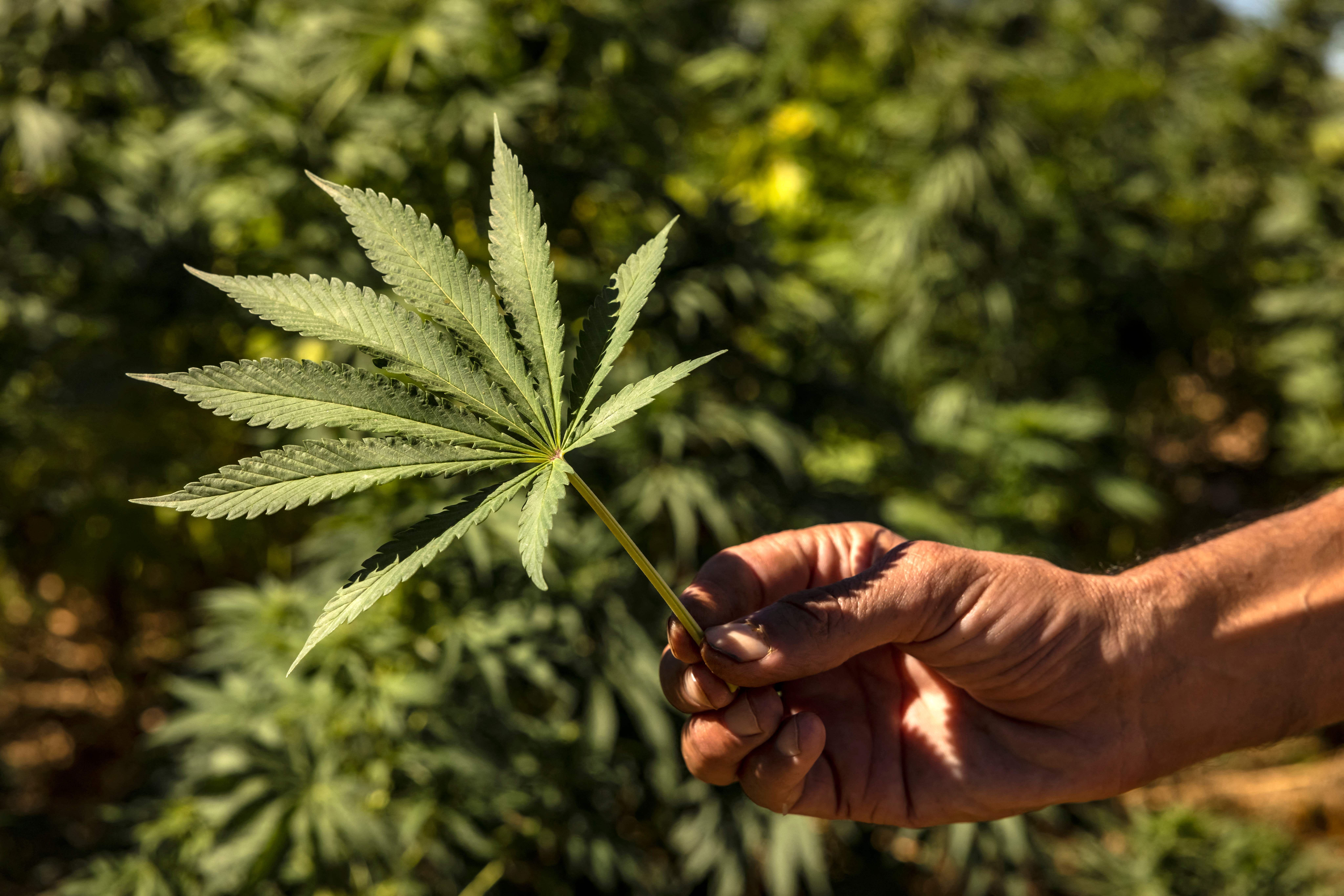Many people link cannabis with calm and relaxation, yet it can also provoke feelings of paranoia or heightened anxiety in some users. Why does this happen?
To start, it helps to define paranoia. It’s related to anxiety but more specific in nature.
Paranoia involves an irrational mistrust of others. You might feel like people are observing you, tailing you, or planning to steal from or harm you in some way.
What causes it
Researchers think the endocannabinoid system (ECS) plays a role in paranoia linked to cannabis.
When you consume cannabis, compounds such as THC — the plant’s psychoactive ingredient — attach to endocannabinoid receptors throughout your brain, including the amygdala.
The amygdala helps govern reactions to fear and related feelings like anxiety, stress, and yes — paranoia. When you ingest cannabis high in THC, your brain is suddenly exposed to more cannabinoids than usual. Studies indicate this surplus can overstimulate the amygdala, heightening fear and anxious sensations.
This may also clarify why CBD-dominant products, which don’t bind to endocannabinoid receptors in the same way, appear less likely to trigger paranoid feelings.

Who’s more likely to experience it
Not everyone gets paranoid after using cannabis, and most people who do don’t have that reaction every time.
So what increases the risk? There’s no single explanation, but several notable factors can contribute.
Genetic factors
A 2019 animal study found cannabis tends to produce calming, anxiety-reducing effects when it stimulates the front part of the brain more strongly.
Researchers note this may relate to a concentration of reward-related opioid receptors in the frontal brain regions.
If the posterior areas of your brain are more sensitive to THC than the front regions, however, you may be more likely to experience negative reactions such as paranoia and anxiety.
THC dosage
Using cannabis with high THC levels can also increase the odds of paranoia and other adverse effects.
A 2017 trial with 42 healthy adults suggested that 7.5 mg of THC reduced negative emotions tied to a stressful task, while a larger dose of 12.5 mg had the opposite effect and amplified those negative feelings.
While tolerance, genetics, and brain chemistry also influence outcomes, consuming a large amount of cannabis at once or using strong, high-THC strains generally raises the likelihood of paranoia or anxiety.
Biological sex
A 2014 animal study on THC tolerance suggests higher estrogen levels may heighten cannabis sensitivity by up to 30 percent and reduce marijuana tolerance.
This implies that women might be more responsive to cannabis effects — both beneficial ones like pain relief and negative ones like paranoia.
How to cope when it happens
If cannabis usage brings on paranoia, several strategies can help you feel better.
Relax
Engage in calming activities such as coloring, listening to soothing music, or taking a warm bath.
Some people find relief with yoga or breathing techniques, including alternate nostril breathing.
Try this breathing method
To practice alternate nostril breathing:
- Close one nostril with a finger.
- Breathe slowly in and out several times.
- Switch sides and repeat.
Sniff some pepper
Cannabinoids and terpenes like those in pepper share certain chemical features, which may partly explain why pepper appears to help counter excessive THC effects.
If you have whole peppercorns, grind some and inhale gently. Be careful not to get too close — irritation to the eyes or sneezing can be an unpleasant distraction.
Use lemon
Limonene, a terpene found in lemon peels, may also ease symptoms when THC feels overwhelming.
Zest and squeeze a lemon or two, and add a little sugar or honey and water if you like.
Make your setting calming
An environment that increases anxiety won’t help reduce paranoia. If possible, move to a place where you feel safe and calm, like your bedroom or a quiet outdoor spot.
If you can’t change locations, try:
- playing mellow music
- wrapping yourself in a blanket
- cuddling or petting an animal
- calling a trusted friend
Ways to reduce the chance it happens again
If you want to avoid another episode of cannabis-induced paranoia, there are several sensible precautions.
One obvious option is to avoid cannabis entirely, but that may not be acceptable if you value certain effects. Fortunately, there are other approaches that lower the risk.
Use smaller amounts
Cutting down how much cannabis you consume at once can reduce the risk of paranoia.
Begin with less than you normally would and wait 30 minutes to an hour to assess effects. If you don’t get paranoid, you can slowly adjust the dose until you find a level that delivers desired effects without negative symptoms.
Choose products higher in CBD
CBD doesn’t cause intoxication like THC and research suggests CBD-heavy cannabis may have antipsychotic-like properties. Paranoia is considered a psychotic symptom.
Items with higher CBD-to-THC ratios are increasingly available — from edibles and tinctures to flower — with ratios ranging roughly from 1:1 up to 25:1 in favor of CBD.
Some users say strains with pine, citrus, or peppery aromas (those terpenes again) can feel more relaxing and reduce paranoia risk, though solid scientific backing is limited.
Seek help for anxiety or persistent paranoid thoughts
Some evidence indicates people prone to paranoia or anxiety are more likely to experience these symptoms when using cannabis.
When paranoia becomes overwhelming, it can disrupt social interaction, work, or daily activities. A therapist can help you explore these experiences and contributing factors.
Because paranoia can be part of serious conditions like schizophrenia, any persistent or severe paranoid symptoms merit discussion with a healthcare professional.
Therapy is also useful for anxiety management. While cannabis may temporarily relieve anxiety for some, it doesn’t fix underlying issues. A mental health provider can teach coping strategies and identify triggers so you can better manage symptoms in the moment.

Why paranoia may persist after stopping cannabis
Even after quitting cannabis, some people continue to feel paranoid, anxious, or experience other mood changes for a time.
This is common, especially if you:
- were a heavy cannabis user before quitting
- experienced paranoia while using cannabis
A 2017 review suggests prolonged paranoia can be part of cannabis withdrawal syndrome (CWS). That analysis of 101 studies found mood and behavioral symptoms are primary features of withdrawal.
For many people, withdrawal symptoms ease within about four weeks.
Because other factors can influence paranoia, consult your healthcare provider if your paranoid thoughts:
- become intense
- don’t subside within several weeks
- interfere with daily life or quality of life
- lead to violent or self-harming thoughts
Final thoughts
Paranoia ranges from mildly unsettling to extremely frightening. Try to remain calm and remember it usually fades as the cannabis high diminishes.
If you experience especially strong or persistent paranoia even after stopping cannabis, contact a healthcare provider or mental health professional promptly.
For related reading, see advice on dealing with a marijuana panic attack and issues around marijuana and constipation.


















Leave a Reply
You must be logged in to post a comment.